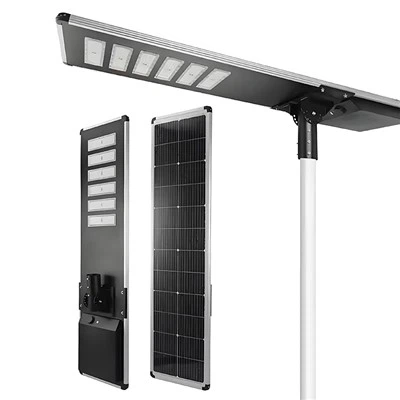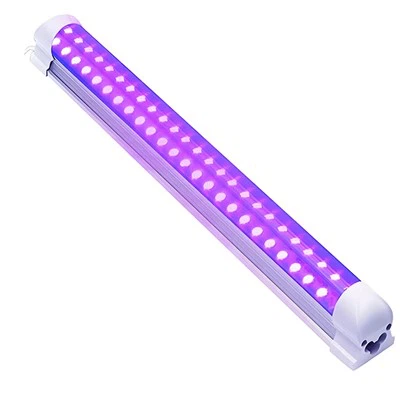What is the voltage drop in LED strips?
In high power LED strip projects, you may have personally witnessed or received cautions regarding voltage drop impacting your LED strips. What is the voltage drop in LED strips? This article elucidates the cause and provides strategies for prevention.
Reasons for voltage drop in LED strips
Despite appearances, an LED strip (assuming 12V for this discussion) fundamentally consists of multiple sets of three LEDs connected in parallel.
Consequently, although each cluster of 3 LEDs is engineered for the complete 12V, in numerous instances, LED clusters situated farther from the power source will receive less than 12V, leading to a discernibly diminished light output. What is the reason for this occurrence?
The primary reason is that LEDs located farther from the power supply require power to traverse a greater length of copper trace to reach them.
The internal resistance of the copper traces escalates with increasing length, thereby diminishing the voltage available to the LEDs situated farther from the power supply.
The second reason is that the copper traces closer to the power supply must accommodate significantly higher current, as they are responsible for transmitting all the current utilised by the LEDs located downstream.
For instance, an LED strip rated at 5 Amps per reel (5 meters) will predominantly channel nearly the entire 5 Amps through the initial segment of the strip. Approximately 1 metre in, 4 Amps will continue to flow through this point. At a distance of 3 meters, only 2 Amperes will be transmitted.

What is the significance of this?
As the current density in copper escalates, its resistance amplifies. The initial 5 Amps at the commencement of the LED strip may exceed the capacity of the copper traces, introducing considerable electrical resistance from the outset, which consequently diminishes the voltage supplied to the subsequent LEDs.
This also pertains to the connectors and all wiring between the power supply and the LED strip. The wire gauge of the connecting wires must be adequate; otherwise, voltage loss may occur prior to the signal reaching the LED strip.
Our voltage analysis of LED strips indicates that even a minor reduction in voltage can lead to a substantial decrease in brightness.
Factors that may exacerbate the impact of voltage drop in LED strips
The principal factors influencing the magnitude of voltage drop are current draw and copper gauge.
The current draw of the LED strip is the paramount factor, influenced by the strip's initial design (e.g., watts per metre) or its length. Even with a high-power LED strip, utilising only a 1-meter segment will restrict the amperage to approximately 2 Amps.
Copper thickness is typically measured in ounces. (Characterised as the quantity of copper required to inundate a 1 square foot surface area). A greater thickness of copper permits a higher current flow through the circuit. We suggest 2.0 oz, and preferably 3.0 oz for high-power LED strips.
Explore additional information regarding the copper utilised in LED strip substrates.
Is the voltage drop in LED strips detrimental?
The voltage drop in LED strips generally does not adversely affect the performance of the LEDs, as it results in a lower voltage supply than initially intended.
Voltage drop generally indicates a loss of power due to electrical resistance, resulting in significant heat generation. Installing LED strips in proximity to heat-sensitive materials may result in complications. The 3M adhesive backing and the LEDs are both somewhat heat-sensitive, making excessive voltage drop a potential concern.
What methods can I employ to prevent voltage drop in LED strips?
The optimal method to prevent voltage drop in LED strips is to comprehend its underlying cause: excessive current traversing insufficient copper. Current can be diminished by:
Minimising the length of LED strip utilised per power supply, or linking multiple power supplies to the same LED strip at various junctions.
Opting for 24V rather than 12V (generally equivalent light output but with reduced current)
Choosing a reduced power rating
Augmenting the wire gauge for interconnecting wires
Enhancing copper content without acquiring new LED strip lights is challenging; however, ascertain the copper weight utilised if voltage drop is a concern.

Shenzhen Benwei Lighting Technology Co., Ltd was established in 2010. It is a national high-tech enterprise integrating design, R&D, production and sales of indoor and outdoor lighting products and also can do OEM ,ODM .For more details about our offerings, please contact us at bwzm18@ledbenweilighting.com






